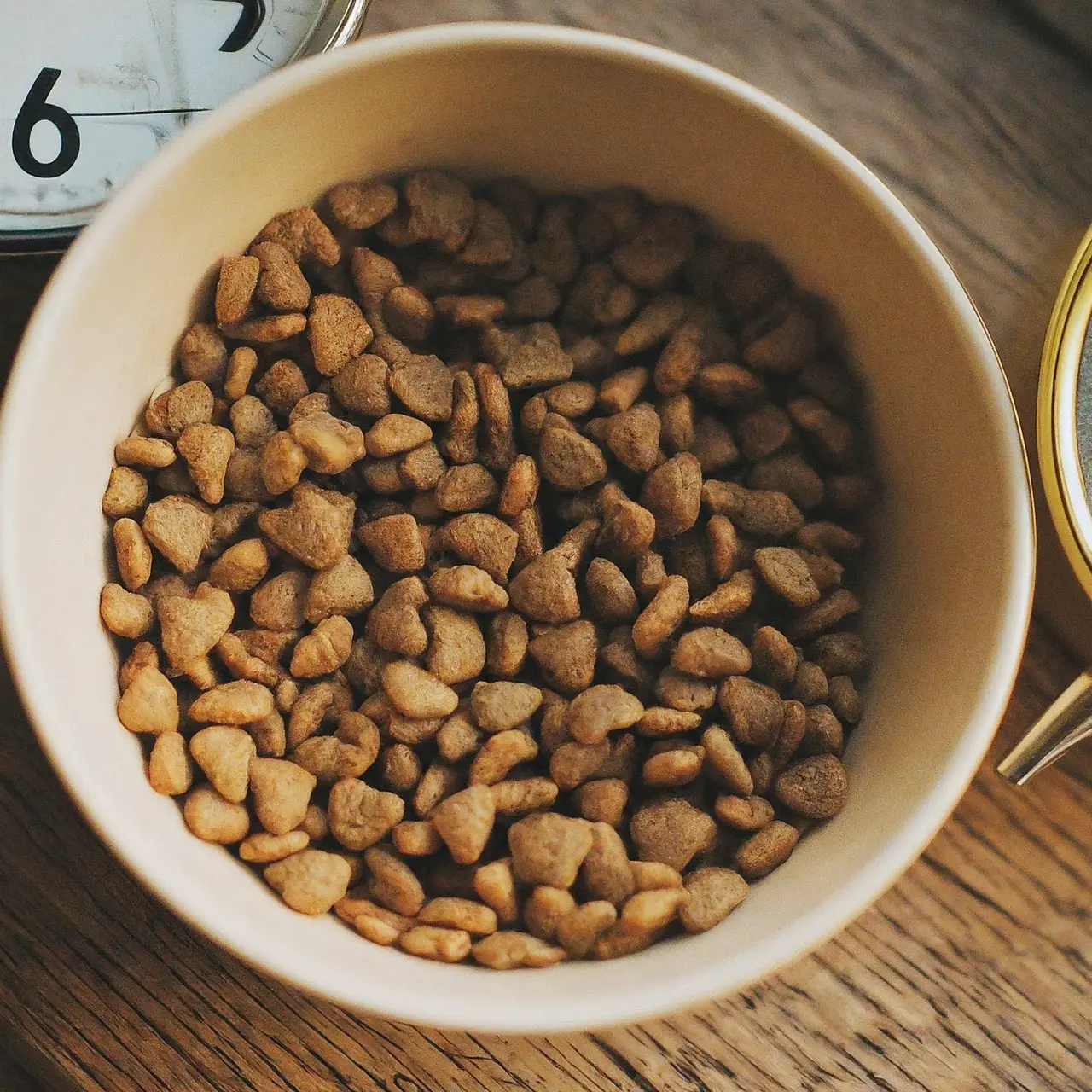Ever wonder why your feline friend seems to watch you like a hawk around mealtime? Or why they begin their hunger-fueled symphony at the crack of dawn? It boils down to the importance of regular feeding schedules for cats. Dive into how structured meal times can lead to healthier habits and happier cats.
Why Regular Schedules Matter for Your Cat
The difference between a content cat and one that turns your mornings into a wake-up call at dawn can often be traced back to how regularly they’re fed. Feeding your cat at the same time every day does more than just please them; it stabilizes their body clock, reduces anxiety, and prevents overeating. Naturally crepuscular creatures, cats are wired to follow a routine. Deviating from this can lead to stress, obesity, or even more severe health issues.
Consider how in the wild, a cat’s day revolves around the hunt – a routine of stalking, capturing, and eating. Even though domestic cats don’t need to hunt for their dinner, they still crave the regularity that comes with it. A consistent feeding schedule mimics this natural rhythm, providing comfort and security in their environment.
The Role of Cat Feeding Services in Maintaining Consistency
Not all cat owners can be home to feed their pets at the same time daily. This is where cat feeding services step in, ensuring your furry friend receives their meals on a strict schedule, even in your absence. These services are invaluable for keeping your cat’s routine intact, contributing significantly to their well-being.
Modern cat feeding services range from automatic feeders that dispense food at preset times to professional pet sitters who provide one-on-one care. They offer a practical solution for busy pet parents, ensuring cats don’t miss a meal and maintain a stable feeding regimen.
Besides ensuring timely meals, many of these services also monitor your cat’s eating habits, allowing for early detection of any health issues. They bring peace of mind to owners, knowing their cat is not only fed but also observed for any signs of distress or change in appetite.
Tips for Creating a Feeding Schedule That Works
Starting a feeding schedule for your cat might seem daunting at first, but with a few simple tips, it can become a seamless part of your daily routine. First, understand your cat’s nutritional needs based on their age, weight, and health status. This will guide the quantity and frequency of meals.
Consistency is key. Choose feeding times that align with your lifestyle and daily habits, ensuring you can stick to them long term. For most cats, twice a day – once in the morning and once in the evening – works well and mimics natural hunting behaviors.
Automated feeders can be a godsend for maintaining a strict schedule, especially if you’re not always home at feeding times. Just make sure the portion sizes are correct and the device is regularly checked for cleanliness and functionality.
Lastly, monitor your cat’s weight and adjust their diet accordingly. Regularly scheduled vet visits can help catch any issues early on and keep your cat’s diet on the right track. Keeping a log can also help you recognize patterns or changes in appetite over time.
In wrapping up, the rhythm of regular feeding schedules is not just about convenience—it’s a cornerstone of your cat’s health and happiness. Embracing consistency with the help of cat feeding services ensures your pet thrives, striking a perfect harmony between their needs and your schedule.

















